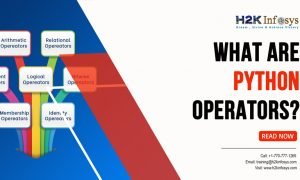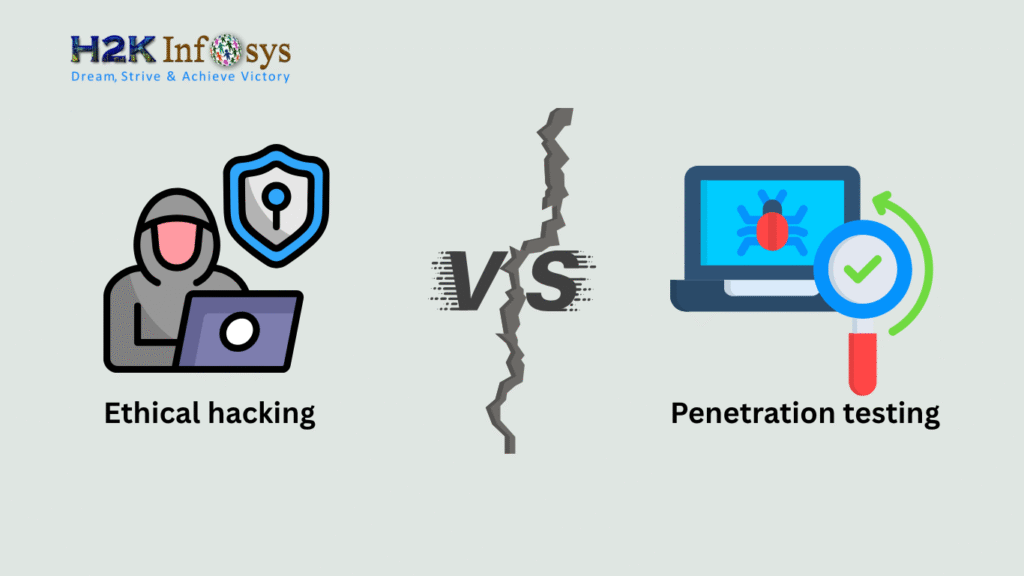Software QA Engineer is critical for ensuring the delivery of high-quality software products. A Software QA Engineer is responsible for developing and executing test plans, identifying bugs, and working closely with development teams to ensure the functionality and performance of software systems. If you’re preparing for an interview in this role, understanding the key questions and topics you might encounter is essential. This guide will not only cover important interview questions but also offer in-depth explanations, real-world examples, and tips for success.
Introduction to Software QA Engineer Roles
Software QA Engineers play a pivotal role in the development cycle, ensuring that products meet quality standards before they reach the end-user. Their responsibilities include test planning, test execution, defect tracking, and working collaboratively with the development team to resolve issues. Quality assurance is not only about finding bugs but also about enhancing software functionality, performance, and user experience. With the increasing demand for Software QA Engineers, certifications such as Software QA Certification or Software QA Tester Certification can provide you with a competitive edge in the job market.
Common Software QA Engineer Interview Questions
Understanding QA Fundamentals
Question: What is the difference between Quality Assurance (QA) and Quality Control (QC)?
Answer:
Quality Assurance focuses on the processes used to create a product and ensures these processes are followed correctly to avoid defects. Quality Control, on the other hand, focuses on identifying defects in the actual products after they have been developed.
Real-World Example:
In a software development lifecycle, QA might involve creating a set of standards for coding practices to ensure high-quality development. QC would involve testing the final product to find defects or bugs.
2. Manual vs. Automated Testing
Question: Can you explain the difference between manual and automated testing, and when to use each?
Answer:
Manual testing requires human testers to manually check for bugs and defects by interacting with the software. Automated testing involves using tools and scripts to execute tests.
Practical Insight:
Manual testing is best suited for exploratory testing or usability testing, where human observation is key. Automated testing is ideal for regression testing or repeated tasks to save time and increase accuracy.
Example:
A QA Engineer might manually test new features in a mobile app for functionality but use automated scripts to perform regression tests on existing features.
3. Test Management Tools
Question: Which test management tools have you used, and how did they benefit the QA process?
Answer:
Test management tools like JIRA, TestRail, or HP ALM allow QA teams to plan, organize, and track test activities. These tools provide real-time reporting on test progress, helping teams identify bottlenecks and manage resources efficiently.
Example:
In one project, I used JIRA for defect tracking and TestRail for managing test cases, which streamlined communication between the QA and development teams and reduced the overall testing time by 15%.
4. Agile Methodologies and QA
Question: How does QA fit into an Agile environment?
Answer:
In Agile, QA is an integral part of every sprint. QA Engineers work closely with developers from the beginning of the sprint, ensuring that testing is continuous and iterative.
Real-World Example:
During a two-week sprint, I collaborated with developers to write test cases as new features were being developed. We conducted continuous testing at every stage, ensuring that issues were identified and fixed before the sprint ended.
5. Defect Life Cycle
Question: Can you describe the defect life cycle?
Answer:
The defect life cycle includes several stages:
- New: The defect is logged.
- Assigned: It is assigned to the development team.
- Open: The developer begins working on it.
- Fixed: The defect is resolved by the developer.
- Verified: QA tests the fix to ensure the issue is resolved.
- Closed: The defect is confirmed fixed and closed.
- Reopened: If the defect persists, it is reopened.
Real-World Examples in QA Testing
A QA Engineer working at an e-commerce company was tasked with testing a newly implemented payment gateway. Initially, the gateway passed the manual tests, but during automated regression testing, a bug was found where users with specific browser settings couldn’t complete the payment process. The issue was escalated to the development team and resolved within the sprint. This real-world scenario highlights the importance of both manual and automated testing in a QA Engineer’s role.
Case Studies: QA Practices That Delivered Results
Case Study 1: Agile Transformation
A fintech company implemented Agile methodologies, bringing QA into every sprint. By working closely with developers, the QA team reduced defect discovery times by 40% and improved overall product quality. Continuous feedback loops allowed for faster releases with fewer post-production bugs.
Case Study 2: Automation in Healthcare Software Testing
A healthcare startup leveraged automated testing for their HIPAA-compliant platform. By automating regression tests, the company was able to release updates bi-weekly instead of monthly, while maintaining stringent compliance with healthcare standards.
Key Takeaways
- A Software QA Engineer needs to be proficient in manual and automated testing techniques, as well as in using tools like JIRA and TestRail.
- Understanding QA in an Agile environment is crucial for ensuring that testing integrates seamlessly with development.
- Certifications like Software QA Certification or Software QA Tester Certification can provide a competitive advantage in job searches.
Conclusion and Call to Action
Preparing for a Software QA Engineer interview requires a strong understanding of both technical and practical aspects of QA processes. By familiarizing yourself with the common questions and real-world applications covered in this guide, you’ll be ready to excel in your next interview.
Are you looking to advance your skills and boost your career? Enroll in H2K Infosys’ comprehensive Quality assurance training and placement course today. Gain hands-on experience, learn industry-relevant tools, and prepare for a successful career as a Software QA Engineer. Join now and take the first step towards securing your future in the growing field of software testing!
This blog post is well-optimized for search engines, with target keywords naturally incorporated, including headings and subheadings that enhance readability and engagement. Furthermore, the engaging call to action encourages readers to explore H2K Infosys courses for hands-on learning and career advancement.
























